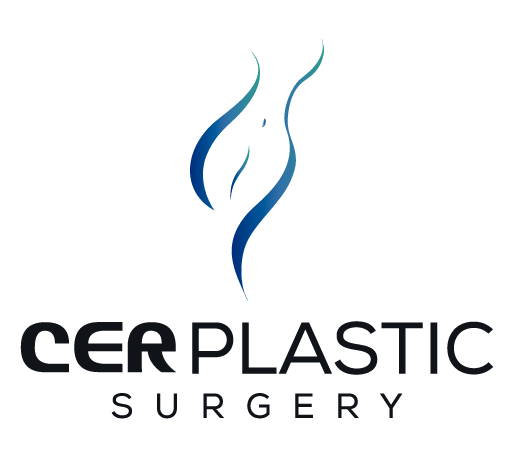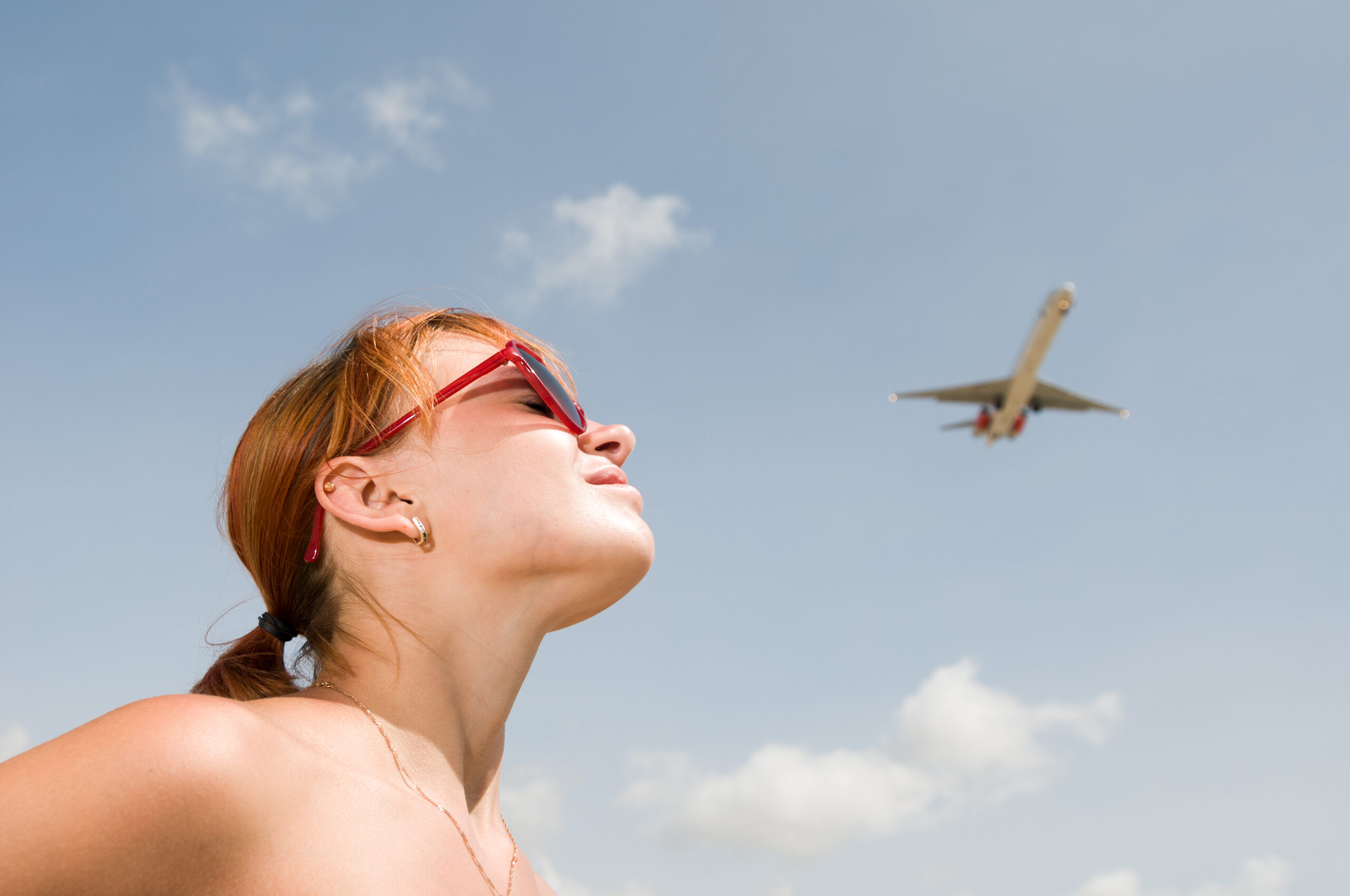Can You Fly After Rhinoplasty Surgery?
how long can you fly after Rhinoplasty? In this comprehensive guide, I will delve into the nuances of flying after Rhinoplasty and provide insights into the optimal postoperative timeline.
Rhinoplasty, commonly referred to as nose reshaping, is a surgical procedure designed to alter the size and shape of the nose to harmonize with facial features. This surgical intervention aims to address various aesthetic concerns and structural issues, enhancing both the appearance and function of the nose.
Rhinoplasty and Its Connection with Flying
Patients undergoing rhinoplasty should consider the impact of flying on their recovery period. Typically, it’s advisable to wait for a minimum of one week before boarding a flight post-surgery. This recommendation stems from the common occurrence of swelling persisting for about seven to ten days after the procedure, sometimes lasting up to three months. Flying exposes individuals to changes in air pressure, exacerbating swelling and potentially leading to prolonged recovery or excessive scar tissue formation, affecting both comfort and final results.
Although waiting at least one week is essential before flying, it’s highly recommended to delay air travel until swelling has significantly subsided, and you’ve resumed your routine activities. This usually occurs around three to four weeks post-surgery. However, recovery timelines may vary among patients. Therefore, adhering to personalized guidance from your plastic surgeon is crucial to ensure a smooth recovery process and optimal outcomes.
Tips for Flying Post-Rhinoplasty
For patients who need to fly within the initial weeks of recovery, specific precautions are essential. These include using a nasal decongestant before takeoff and carrying a saline nasal spray to manage pressure changes. Despite these precautions, it’s important to note that flying may still lead to increased or renewed swelling, which can persist for several days.
How Long After Rhinoplasty Can You Fly?
After a Rhinoplasty procedure, the healing process is crucial for achieving optimal results. When considering air travel post-surgery, it’s vital to understand the potential risks and adhere to the recommended guidelines provided by your surgeon. Typically, surgeons advise against flying immediately after Rhinoplasty due to various reasons.
Factors Influencing Flying After Rhinoplasty:
- Healing Time: The initial stages of recovery involve swelling, potential bruising, and nasal congestion. These factors can be exacerbated by changes in air pressure during flight, potentially leading to discomfort or complications.
- Risk of Infection: Airplanes can harbor bacteria and viruses, increasing the risk of postoperative infections. The body’s immunity may still be compromised during the early recovery phase, making it susceptible to such risks.
- Avoidance of Trauma: Rhinoplasty involves reshaping delicate nasal structures. Any impact or pressure changes during flight could potentially interfere with the healing process or affect the final aesthetic outcome.
How Long Can You Fly After Rhinoplasty?
The consensus among surgeons is to wait at least 1-2 weeks before considering air travel following Rhinoplasty. However, this timeline can vary based on individual healing progress and the specific instructions provided by your surgeon.
Postoperative Recovery Timeline for Air Travel Consideration:
- First Week: During this period, focus on rest and recuperation. Swelling and discomfort are common. Follow your surgeon’s instructions diligently and avoid any strenuous activities, including flying.
- Second Week: By this time, many individuals experience a reduction in swelling and improved breathing. Consult your surgeon for a postoperative check-up to evaluate your readiness for air travel.
- Beyond Two Weeks: Most patients can consider flying after the second week post-surgery, but it’s crucial to continue following your surgeon’s guidance and considering your unique healing process.
Flying After Rhinoplasty: Tips and Precautions
When you’re preparing to fly after Rhinoplasty, consider these essential tips to ensure a smoother experience and aid in your continued recovery:
- Consult Your Surgeon: Always seek clearance from your surgeon before making any travel plans. Their expertise will help gauge your readiness for flying based on your recovery.
- Hydration and Comfort: Staying hydrated during the flight is crucial. Consider using saline nasal spray to prevent dryness and ease potential discomfort due to changes in cabin pressure.
- Avoid Strenuous Activities: While on the plane, refrain from lifting heavy baggage or engaging in activities that strain facial muscles to prevent any complications or discomfort.
Conclusion
In conclusion, the decision to fly after Rhinoplasty should prioritize your health and successful recovery. Understanding the potential risks, adhering to postoperative guidelines, and consulting your surgeon are pivotal steps in ensuring a safe and comfortable travel experience post-surgery.
At CER Plastic Surgery led by the esteemed and board-certified plastic surgeon, Dr. Rodolfo Castillo, patient care is paramount. Dr. Castillo, renowned for his expertise and compassionate approach, provides tailored guidance to ensure a comfortable and rewarding rhinoplasty recovery experience.
If you’re considering rhinoplasty in Tijuana City, our team is dedicated to offering virtual consultations and comprehensive information. Reach out to us at (619) 841-9001 to schedule a consultation and embark on your journey to a transformed appearance.
START A VIRTUAL CONSULTATION
A virtual consultation is when you send us photos of the places of your body where you’d like to improve. Then our surgeon analyzes it to confirm that you are a candidate for that particular procedure. We later inform you about our doctor’s decision and give you a quote with all the information about your surgery. Please, do be at ease that everything is confidential between yourself, the doctor, and the doctor’s representative.




